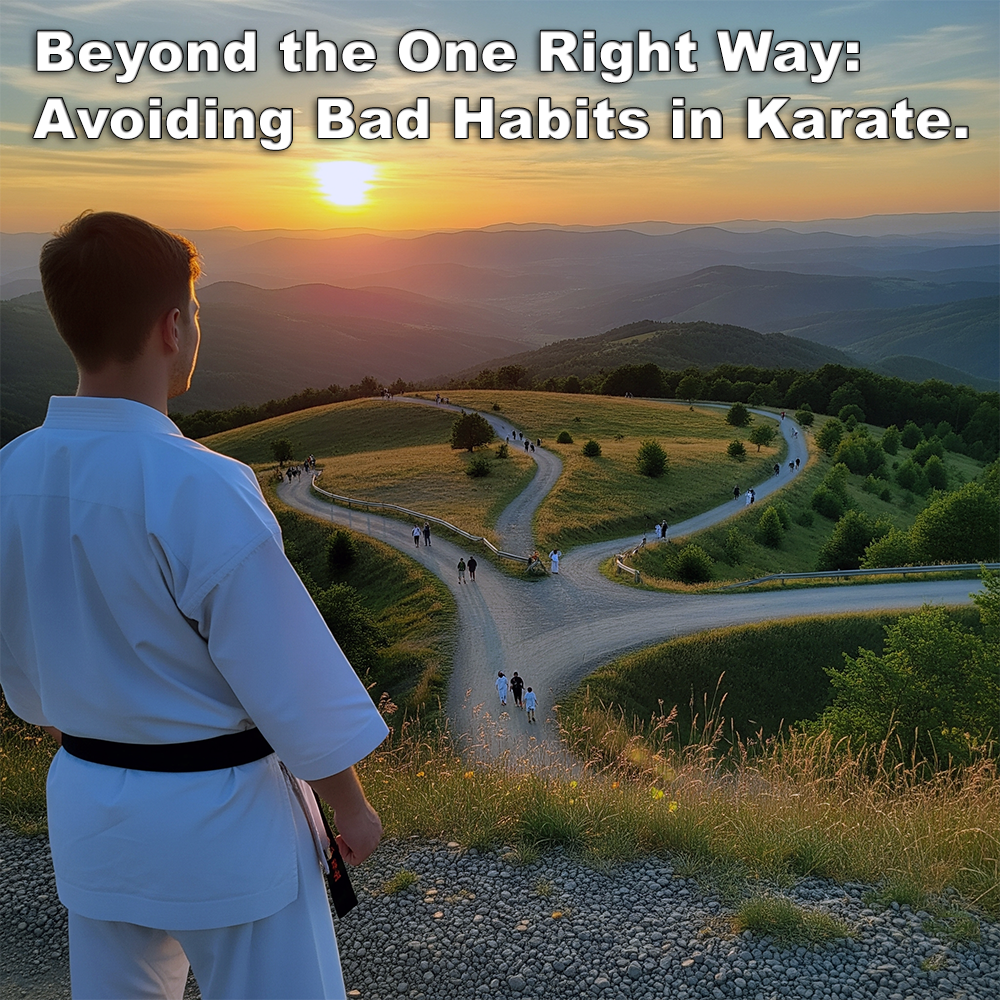
(Approx 2 minute 35 second read)
I get quite a few comments and messages from people who insist that their technique is the answer to a punch, a grab, or any other kind of attack.
.
Their way is the right way – the only way – and they often go into lengthy explanations about why. Sometimes these replies are longer than the article itself. But the problem is that they don’t add clarity, they just reinforce the wrong perspective.
.
Because here’s the truth: there isn’t just one way.
.
Think of it logically. If there were only one correct response to a specific attack, what would happen if the attack changed slightly? Your response wouldn’t match anymore, would it?
.
For me principle-based teaching is more realistic, because it gives you options instead of boxing you into one answer.
.
This is the beauty of principles over techniques. That’s why I continually write about movement rather than single techniques. A movement carries with it a wide range of possibilities, but a single technique has only one.
.
For example, one person told me that the response I had shown to a middle outside block was wrong because the attack wasn’t a punch but a grab.
.
Just think about that for a moment……
.
He was saying that the technique only works against his preferred attack. But real life doesn’t work like that. How do you know that a punch won’t suddenly shift into a push, a grab, or something else entirely? You don’t.
.
Another person commented that he teaches beginners to block punches “because it’s a good place to start”. But why? Blocking a straight chudan punch with an outside middle block simply isn’t realistic. Unless you know the exact nature of the attack in advance, this so-called block doesn’t work.
.
I’ve never understood the logic of teaching someone something that is clearly wrong, only to change it later once the habit has already formed. Habits are powerful – once ingrained, they are extremely hard to undo. To me, this is simply bad teaching.
.
I’ve taught outside of the martial arts, both at basic and advanced levels, and one of the most important principles in teaching is to build on what students already know.
.
You strengthen and expand upon the habits they’ve developed. Asking students to undo those habits and relearn later is not just inefficient – it’s unfair.
.
Educational theory has long recognized this too. Gestalt psychology tells us that people learn best when they see the whole picture, not just fragments.
.
In teaching, there’s also the old maxim that “first learning is lasting learning”, and another that advises us to “start from the known and move to the unknown”.
.
Once a habit is set, it’s extremely difficult to change – which is exactly why giving beginners unrealistic techniques does more harm than good. Build on what is real and practical from the very beginning.
.
That’s why karate should be taught with principles at its core. Realistic responses can be taught from the very beginning, even to children and new students, without relying on artificial methods.
.
The usual step-kumite style of kihon practice is a modern invention that has very little to do with karate as it was intended. If we want karate to remain effective as self-protection, then it must be taught as such from the start.
.
Principles make that possible – techniques alone do not.
.
And finally, someone said to me, “Don’t let it bother you”. I don’t know these people well enough for them to upset me, but isn’t it our responsibility as senior teachers to help and explain the differences to those who perhaps misunderstand?
.
Practice and teach karate however you like, but understand the differences – and remember, there is more than just one way.
.
.
Written by Adam Carter – Shuri Dojo
